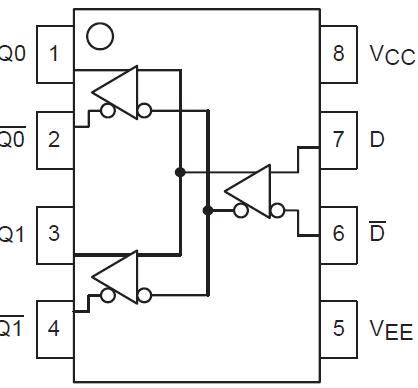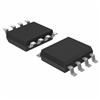MC10EP89: Features: • 310ps Typical Propagation Delay• 3.0 GHz Typical Toggle Frequency• 1.6V (5V) and 1.4V (3.3V) Swing• PECL mode: 3.0V to 5.5V VCC with VEE = 0V• ECL mode: 0V ...
floor Price/Ceiling Price
- Part Number:
- MC10EP89
- Supply Ability:
- 5000
Price Break
- Qty
- 1~5000
- Unit Price
- Negotiable
- Processing time
- 15 Days
SeekIC Buyer Protection PLUS - newly updated for 2013!
- Escrow Protection.
- Guaranteed refunds.
- Secure payments.
- Learn more >>
Month Sales
268 Transactions
Payment Methods
All payment methods are secure and covered by SeekIC Buyer Protection PLUS.

 MC10EP89 Data Sheet
MC10EP89 Data Sheet







